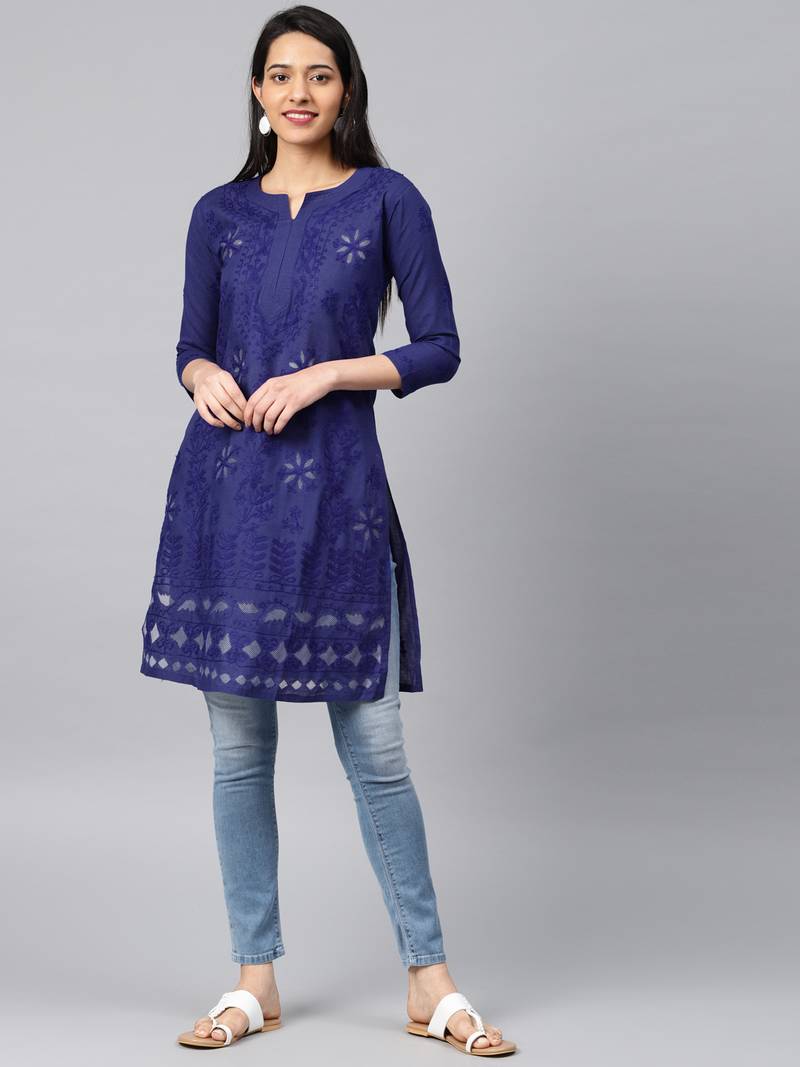Is Brutalist Aesthetics Still a Fashionable Interior Design Choice?

Interior design is constantly changing and evolving. We regularly see new trends emerge and remain popular for a time before fading away. While material choices like glass-panelled doors and oak laminate flooring tend to be impervious to fashion trends, more stylistic concepts often come and go in peaks and troughs.
Brutalism is an old visual style that can be seen across interior design, architecture, and even fashion. Is this style still popular as an interior design choice? Read this guide to find out.
What is Brutalism?
Before we discuss whether or not brutalism is still a popular interior design choice, first, we need to clarify what exactly brutalism is.
Brutalism is an art and design movement that has its roots in the 1940s and 1950s. Since then, it has evolved and changed, adapting to modern creative sensibilities and taking influence from other movements. However, at its core, brutalism remains the same and adheres to a set of basic principles. Brutalism is all about stripping things back; it’s raw and minimal and uses materials in their base form.
Brutalism can be rough and ready and even aggressive and intimidating in its most extreme forms. At the same time, it can also be cathartic and, for many, conveys a sense of utilitarian beauty that cannot be achieved with any other creative style or concept.
Examples of Brutalism in Interior Design
So far, we’ve described brutalism in broad, conceptual terms. To fully understand what it is, let’s take a look at how brutalism can be implemented in interior design.
Brutalism prioritises the use of raw materials. For example, distressed wood is favoured over finished wood, and unfinished concrete is preferred to polished stone. Brutalism also makes use of metals like steel.
Space is also important to brutalism, with the style paying particular attention to how objects are arranged and how they interact with one another and with the larger space as a whole.
Brutalist homes are minimal. They are not filled with furniture, and what pieces are there are distant, opening up space between them. There’s little-to-no decoration in brutalist homes either. Walls and surfaces are generally left bare, allowing the materials they are constructed from to speak for themselves.
The Popularity of Brutalism
Brutalism was popular for a number of years after its inception. However, towards the 1980s, the style was adopted by a number of communist nations and used to design buildings across Eastern Europe.
As a result, brutalism became associated with totalitarian regimes and was soon linked with extremely negative connotations. The name of the movement and its imposing visual aesthetic certainly helped propagate this stereotype, and brutalism ended up falling out of favour for several decades.
Is Brutalism Making a Comeback?
They say trends are cyclical, and this is certainly evident in the world of interior design. There are countless examples of trends becoming popular, fading away, and then returning again years later, with traditional, bohemian, and art deco all following a similar pattern over time.
Brutalism is certainly no exception, and in recent years it’s become apparent that the style is enjoying something of a resurgence. We’re seeing brutalist ideas appear more and more in modern homes, both in ordinary houses and in the mansions of the world’s biggest celebrities.
Why is this happening? Perhaps it’s a reaction to our increasingly digitised lives. Almost everything we do these days is connected to the internet or through our digital devices in some way, which is a remarkable shift in human behaviour.
Brutalism is all about getting back to basics and stripping things down to their core elements, which can be seen as the antithesis of our complicated, busy modern lives filled with smartphones and social media apps.
Brutalism is now more fashionable than it’s ever been, and we can expect to see the style’s popularity increase as people look to simplify and declutter their homes and lives.
Brutalism as an art movement has existed for around 80 years. During that time, it has evolved and developed and enjoyed periods of popularity and irrelevancy. Now, the style seems to be coming around again, and it could serve as the perfect antidote to the hectic, stressful lives many of us live today.






